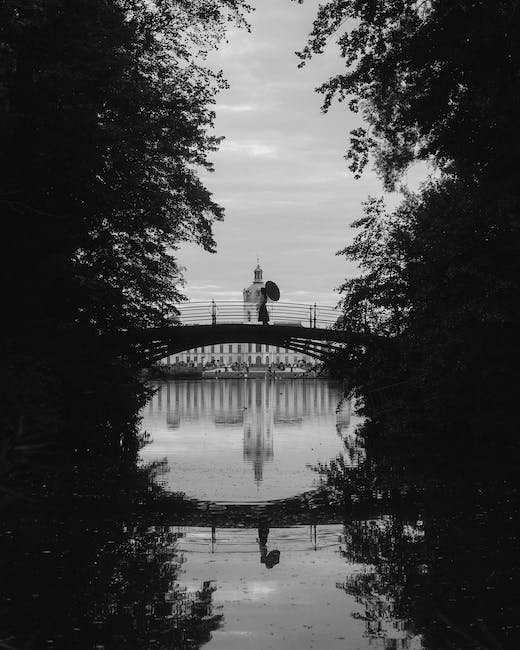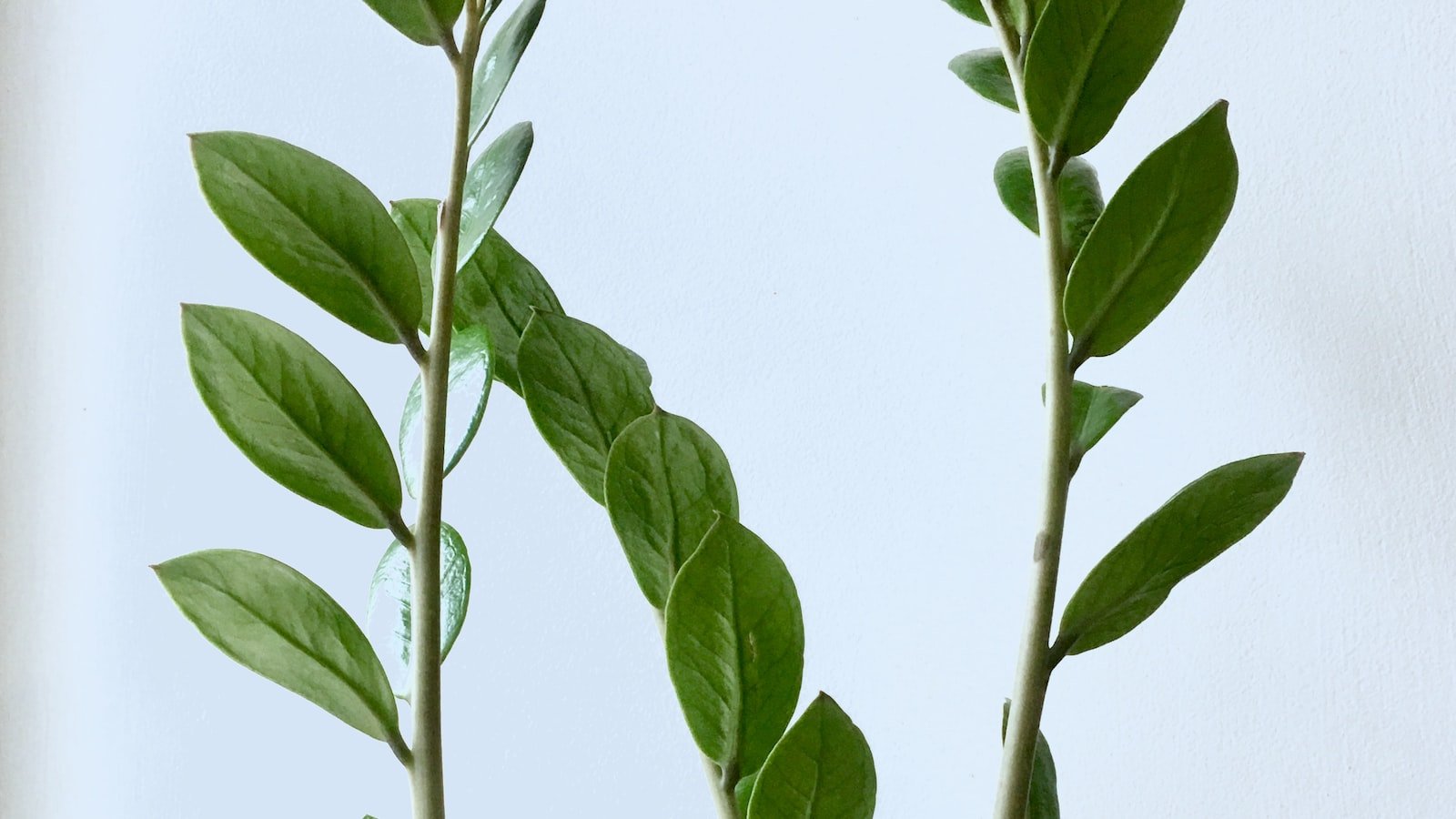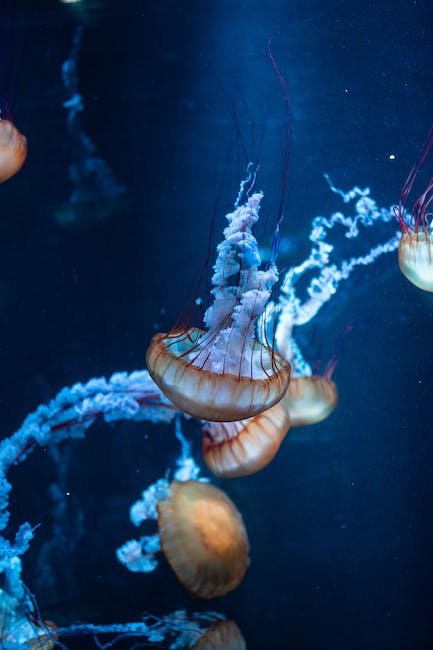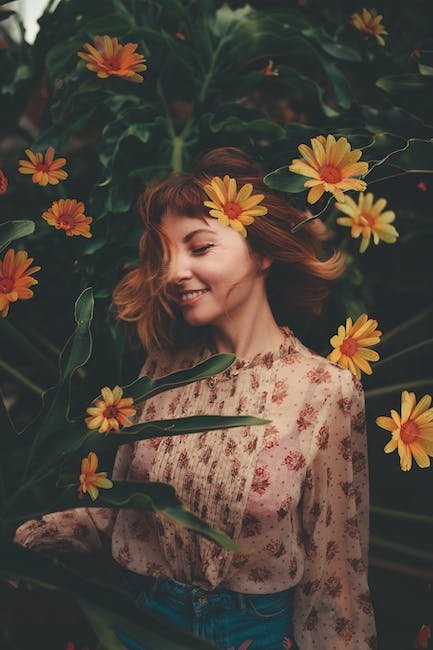Imagine stepping outside into your garden, surrounded by a vibrant landscape filled with blooming flowers and buzzing bees. As gardeners, we know that the presence of these industrious pollinators is crucial for a thriving ecosystem and a bountiful harvest. However, with the increasing use of pesticides and the decline in natural habitats, bee populations are facing unprecedented challenges. But fear not! There is a simple and ingenious solution that can help create a bee-friendly sanctuary right in your backyard – garden ponds. These tranquil water features not only add beauty and serenity to your outdoor space but also provide a safe haven for bees. In this article, we will explore the fascinating world of garden ponds and discover how they can be utilized for bee-safe planting, ensuring that our buzzing friends have a welcoming habitat to thrive and flourish.
Table of Contents
- Selecting the Right Plants for a Bee-Safe Garden Pond
- Creating a Harmony of Plant Species to Attract Bees
- Designing a Safe Habitat with Native Plants in Your Garden Pond
- Providing Year-Round Blooms for Bees in and Around the Pond
- Maintaining a Chemical-Free Environment for Healthy Bee Populations.
- Q&A
- Concluding Remarks

Selecting the Right Plants for a Bee-Safe Garden Pond
Creating a bee-safe garden pond is a wonderful way to attract and support these essential pollinators. When selecting plants for your pond, it’s important to choose varieties that not only provide beauty but also ensure the well-being of bees. Here are some tips to help you make the right choices:
1. Native Flowering Plants: Incorporate native flowering plants around your pond. These plants have evolved alongside local bees, making them more attractive and beneficial to these important pollinators. Delicate wildflowers, such as Purple Coneflower and Bee Balm, not only add color to your pond but also serve as a natural food source for bees.
2. Water-Loving Plants: Opt for aquatic plants that are well-suited to pond environments. These can include water lilies, water hyacinths, and water irises. These plants not only provide shade and shelter for bees but also oxygenate the water, keeping it clean and healthy for all pond inhabitants.
3. Herbaceous Perennials: Introduce a variety of herbaceous perennials around your pond, such as Sage, Lavender, and Catmint. These plants are not only attractive to bees but also provide them with a generous supply of nectar and pollen. The enticing fragrance and vibrant colors will turn your garden pond into a delightful haven for our winged friends.
Remember, a well-planned and bee-safe garden pond not only adds visual appeal to your outdoor space but also promotes the conservation and protection of these vital pollinators. By selecting the right plants, you can create a thriving ecosystem that sustains the mesmerizing dance of bees and the beauty of your pond.
Creating a Harmony of Plant Species to Attract Bees
Transforming your garden into a buzzing haven for bees is not only visually stunning but also an essential step towards preserving our fragile ecosystem. By carefully selecting a diverse range of plant species, we can create a harmonious environment that serves as a magnet for these vital pollinators. Here are some tips to help you create a flourishing garden that will attract and support bees:
- Diversify your plant selection: Bees are attracted to a variety of flower colors, shapes, and sizes. By incorporating plants with different characteristics, you’ll not only add visual interest to your garden but also cater to a wider range of bee species.
- Choose native plants: Native plant species are perfectly adapted to the local climate and soil conditions, making them an ideal choice for attracting bees. They provide abundant nectar and pollen, which are essential sources of food for these winged wonders.
- Plan for year-round blooms: Bees need a continuous supply of food throughout the seasons. By selecting a combination of early, mid, and late-blooming plants, you can ensure a constant source of nectar and pollen, sustaining bees from spring to fall.
- Create nesting habitats: Providing nesting spaces is crucial for supporting bee populations. Incorporate bee-friendly features, such as hollow stems, bee boxes, or bare ground, to offer shelter and encourage them to stay and reproduce in your garden.
By following these practices and allowing your garden to bloom with a vibrant tapestry of flowers, you’ll not only create a haven for bees but also contribute to the greater harmony of our natural world.

Designing a Safe Habitat with Native Plants in Your Garden Pond
Transform your garden pond into a thriving ecosystem by incorporating native plants. Not only do native plants add beauty to your landscape, but they also provide a safe haven for a variety of wildlife. Creating a habitat abundant with life ensures a balanced and sustainable environment for your garden pond.
Why choose native plants?
Native plants have evolved and adapted to the specific conditions of the region over thousands of years. This makes them resilient and perfectly suited for the local climate, soil, and wildlife. By planting native species, you are preserving the natural balance of the environment and promoting biodiversity.
Creating a diverse plant community:
When designing your garden pond with native plants, consider including a mix of submerged, floating, and emergent plants. Submerged plants like waterweed and pondweed provide oxygen, control algae growth, and offer shelter for smaller fish and invertebrates. Floating plants such as water lilies create shade, reducing sunlight and preventing excessive algae growth. Emergent plants like cattails and pickerelweed provide nesting areas and shelter for birds and amphibians.
Tips for designing a safe habitat:
- Research native plants that are suitable for your region’s climate and soil conditions.
- Choose a variety of plants that bloom at different times of the year, ensuring a continuous food source for wildlife.
- Include different plant heights and structures to offer hiding spots and perching areas for birds and insects.
- Plant densely to optimize the habitat’s potential and provide optimum refuge for wildlife.
- Avoid using pesticides or herbicides, as they can be harmful to the delicate balance of the ecosystem.
By incorporating native plants into your garden pond, you create a sustainable and harmonious habitat that not only benefits wildlife but also enhances the natural beauty of your landscape.

Providing Year-Round Blooms for Bees in and Around the Pond
Creating a Beautiful Oasis for Bees Near the Pond
With a little planning and some thoughtful plant selections, you can ensure that your pond area remains a buzzing paradise for bees throughout the year. By providing a diverse range of blooms, you support the crucial pollination process that plays a vital role in our ecosystem.
Here are some tips and ideas for cultivating a year-round collection of flowering plants that will entice and nourish the bees:
- Spring Delights: Kickstart the bee-friendly season by planting daffodils, crocuses, and cherry blossoms. These early bloomers will provide the first sources of nectar and pollen as winter retreats.
- Summer Blossoms: As temperatures rise, introduce a vibrant array of sunflowers, lavender, and cone flowers. These stunning perennials not only create a visual spectacle but also offer abundant nectar and pollen sources for our winged friends.
- Fall Extravaganza: Extend the bee buffet into fall by adding asters, sedums, and goldenrods. These resilient flowers thrive in cooler weather and act as a last feast for bees before winter arrives.
To ensure a continuous feast, consider planting a mix of annuals and perennials, incorporating different heights, colors, and shapes. Moreover, providing water sources such as small birdbaths or shallow dishes near the pond will also enhance the bee-friendly environment.
Show your dedication to these incredible pollinators by transforming your pond area into a vibrant haven that will captivate both the eyes and hearts of all those who encounter it.
Maintaining a Chemical-Free Environment for Healthy Bee Populations
Creating a chemical-free environment is crucial for the well-being of our precious bee populations. These incredible creatures play a vital role in pollinating plants, ensuring the production of fruits, vegetables, and nuts that make up a large part of our diet. Here are some key steps we can take to maintain a chemical-free environment that supports healthy bee populations:
- Embrace organic farming: Supporting organic farms and purchasing their products helps reduce the use of harmful pesticides and chemicals that can negatively impact bees. Organic farming practices focus on natural pest control methods and prioritize the health of ecosystems, which is beneficial for both bees and humans.
- Plant bee-friendly flowers and herbs: Creating bee-friendly gardens can provide bees with a rich diversity of pollen and nectar sources. Choose a variety of flowering plants that bloom at different times of the year to ensure a constant food supply for bees. Examples include lavender, sunflowers, borage, and rosemary.
- Avoid using pesticides and herbicides: Eliminating or minimizing the use of chemical pesticides and herbicides in our gardens and landscapes is essential. These substances can be toxic to bees and other beneficial insects. Instead, opt for natural alternatives such as neem oil or insecticidal soap when necessary.
- Support local beekeepers: Purchasing honey and other bee-related products from local beekeepers directly supports their valuable work. By doing so, we contribute to the preservation and maintenance of bee colonies and ensure their continued health.
- Spread awareness: Knowledge is power! Educate yourself and others about the importance of maintaining a chemical-free environment for bees. Share information on social media, organize workshops, or join local initiatives that promote sustainable practices, thus inspiring others to make a difference.
Remember, by taking these simple steps, we can collectively create a safe haven for bees, protect their populations, and contribute to a healthier and more sustainable future for all.
Q&A
Q: How can I create a bee-safe garden pond?
A: To create a bee-friendly garden pond, avoid using chemicals and pesticides in and around the water. Opt for native plants around the pond to provide a safe and diverse food source for bees.
Q: Which plants are best for attracting bees to my garden pond?
A: Choose plants that are rich in nectar and pollen, such as lavender, sunflowers, and coneflowers. Additionally, consider planting native water-loving plants like water lilies and irises that provide bees with a convenient water source.
Q: How can I provide a water source that is safe for bees?
A: Add floating plants or rocks to your garden pond to provide bees with a safe landing spot while they drink water. This will prevent them from accidentally drowning in the water.
Q: Should I keep my garden pond clean of debris?
A: It is important to maintain a clean garden pond by removing any stagnant water or decaying plant matter regularly. This helps prevent the breeding of mosquitoes and keeps the water healthy for the bees.
Q: Can I use pesticides near my garden pond?
A: It is highly advised to avoid using pesticides near your garden pond to keep the water safe for bees and other beneficial insects. These chemicals can be harmful to bees, affecting their health and ability to pollinate plants.
Q: How can I protect bees from predators near the pond?
A: Provide a safe environment for bees by adding plants that offer hiding places such as dense shrubs or tall grasses. This will help protect them from predators while they visit your garden pond.
Q: Are there any additional tips for creating a bee-friendly garden pond?
A: Consider adding a shallow area in your garden pond with pebbles or rocks, providing bees with a landing spot and easy access to water. Avoid using colored dyes or artificial additives in the water, as these can be harmful to bees.
Concluding Remarks
As we gracefully wrap up our exploration on using garden ponds for bee-safe planting, let us embark on a journey of reflection. How delightful it is to witness the seamless harmony that can be achieved when we intertwine the beauty of nature with the safety of our buzzing friends. In this tranquil endeavor, we have not only delved into the world of enchanting aquatic ecosystems but also celebrated the vital role bees play in our environment.
Throughout our riveting odyssey, we discovered that the creation of a bee-friendly habitat goes beyond simply planting lush flowers. By incorporating garden ponds, we have unlocked an enchanting secret that stimulates the senses of both flora and fauna. The delicate balance within these aquatic oases provides nourishment, solace, and protection to our tiny pollinator friends.
We marveled at the mesmerizing dance of water lilies and the soothing melodies of trickling streams, teaching us the importance of recreating these in our own humble abodes. With the gentle embrace of a garden pond, one can cultivate an ecosystem of biodiversity, inviting bees to frolic amidst a tapestry of vibrant petals and luscious greenery. As their delicate wings flutter, they become living brushstrokes, forever etching a masterpiece in the artistry of nature.
Remember, each element of your garden plays a vital role in this symphony. From carefully crafted edges to gentle slopes, the design of your bee-safe haven should echo the undulating beauty of our buzzing comrades’ world. Provide a safe haven, a respite from their arduous journeys, a testament to the unspoken harmony between man and bee.
So, as we bid adieu to this captivating journey, embrace the knowledge that you have gained. Beyond the mere act of planting, you hold within your grasp the power to weave a tapestry of coexistence. As the colors of your garden flourish and blend, let the bees – nature’s artisans – be the final stroke in the masterpiece you have created.
May you embark on your own voyage, embracing the enchantment of garden ponds and the profound connection they foster. And in doing so, may you forever preserve the delicate equilibrium between the allure of your garden and the sanctuary it becomes for the tireless gardeners of our world – the bees.
As an affiliate, my content may feature links to products I personally use and recommend. By taking action, like subscribing or making a purchase, you’ll be supporting my work and fueling my taco cravings at the same time. Win-win, right?
Want to read more? Check out our Affiliate Disclosure page.


